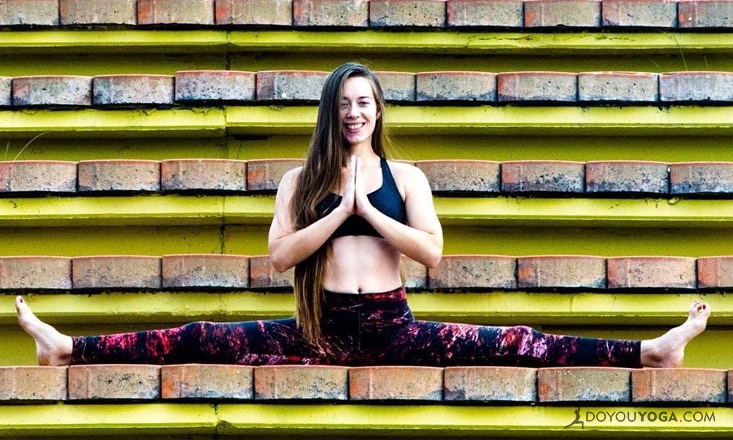Between stimulus and response there is a space. In that space is our power to choose our response. In our response lies our growth and our freedom.” -Viktor E. Frankl
Recently, one of my private yoga therapy students said: “I feel great after doing yoga with you, but then I go back to work and the stress of the day makes me forget it and I feel so reactive. How do I make the feeling from yoga last through the whole day?”
As a teacher, I was really excited because it was clear that she was “getting it.” We don’t practice yoga to simply destress after we have become a wound up ball of tension. Instead, we practice so we can respond to stressors in a less reactive way; acting from a place of mindfulness. In order to do this, it can be helpful to allow space before the response.
So, I taught her the STOP method for mindfulness to quickly implement throughout the challenging times during the day. Basically, in the moments where you feel reactive, simply remember to S-T-O-P.
Stop
Take a moment to really be present. This is the basics of practicing mindfulness.
Take Some Deep Breaths
Slow and deepen your breath. Consider elongating your exhale to twice as long as your inhale; this activates your parasympathetic (relax and digest) nervous system. In this state of calm, you can think clearer and act from your true Self.
Observe What is Coming Up
Now, become an observer. In yoga, we sometimes call this the cultivation of a “buddhi mind.” Buddhi means to be awake, understand, and to know. Instead of being a participant of the constant conversations that go on in your mind, step back and watch your thoughts.
Also, notice anything else that is present, like your bodily sensations, your breath’s quality, or the sounds you hear. The simple act of observing may bring clarity.
Consider the premise—which I first heard from one of my mindfulness teachers, Richard Miller, PhD—that deep down, we always know the exact right thing to do for each and every circumstance that arises in life. When I simply pay attention to my body, the answer seems to arise.
Proceed with Appropriate Action
The appropriate action may be to do or say nothing at all. Perhaps, the appropriate action is to listen or wait. However, sometimes, there is a clear course of action to be taken to stand up for ourselves or others.
In order to guide appropriate action, it’s helpful to remind yourself of your mission in life. Why are you here?
For example, mine is: “I act playfully with curiosity, creativity, kindness, and courage.” What words or feelings represent how you want to live your life? What feelings do you hope others feel when they are around you? If it helps, remind yourself of this as you determine your appropriate action.
When you practice it enough, the STOP Technique can take 10 seconds or less—becoming a natural way of being. Alternatively, you can use this as a structure for a longer meditation of 5-10 minutes. In that space and time you create, you, like myself and my student, may find growth and freedom.
Let me know how this works for you! Just tag me below in your comment: @annswanson
Image credit: Alyona Lezhava


